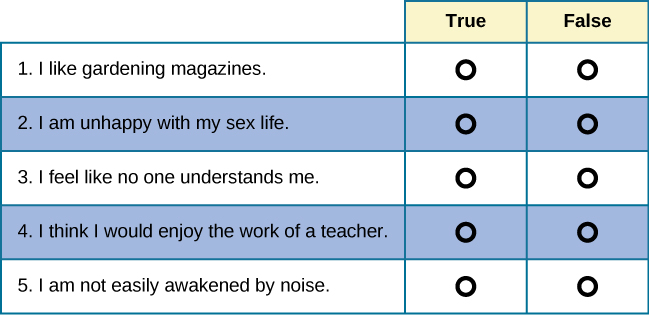
The “quotient” refers to Binet’s definition of IQ as (Mental Age) divided by (Chronological Age) or M.A./C.A. The concept of IQ, or “Intelligence Quotient” was first introduced by French psychologist Alfred Binet in 1904. IQ testing is a method used by psychologists to measure what is generally considered intelligence. For instance, if everyone in the normative group took the test by logging into a website, you are probably being compared to a group which is very different from the general population. When evaluating a test, it is very important to determine how the normative group was selected. When an individual takes the test, she can determine how far above or below the average her score is, relative to the normative group.

This standardization provides a mean (average) and standard deviation (spread) relative to a certain group. In this way, any test taker can make sense of his or her score by comparing it to typical scores. STANDARDIZATION is the process of trying out the test on a group of people to see the scores which are typically obtained. 50 are seen between IQ and academic performance. Relatively low correlations mean that some people may score high on a scale of schizophrenia without being schizophrenic and some people may score high on an IQ test and yet not do well in school. This is not a high correlation, and emphasizes the need to use tests in conjunction with other information. Most tests have validity coefficients (correlations) of up to. A validity coefficient reflects the degree to which such relationships exist. A person who scores high on a scale of depression should be diagnosed as depressed by mental health professionals who assess him. For instance, a person who scores high on an IQ test would be expected to do well in school or on jobs requiring intelligence. Scores on the test should be related to some other behavior, reflective of personality, ability, or interest. VALIDITY is a measure of a test’s usefulness. Good tests have reliability coefficients which range from a low of. All of the items (questions) on a test should be measuring the same thing - from a statistical standpoint, the items should correlate with each other. Reliability also can be a measure of a test’s internal consistency. Similarly, if an IQ test yields a score of 95 for an individual today and 130 next week, it is not reliable. If it gives you one weight the first time you step on it, and a different weight when you step on it a moment later, it is not reliable. As an analogy, think of a bathroom scale.


RELIABILITY is a measure of the test’s consistency. There are three basic elements to look for when judging the quality of a psychological test - reliability, validity, and standardization.


 0 kommentar(er)
0 kommentar(er)
